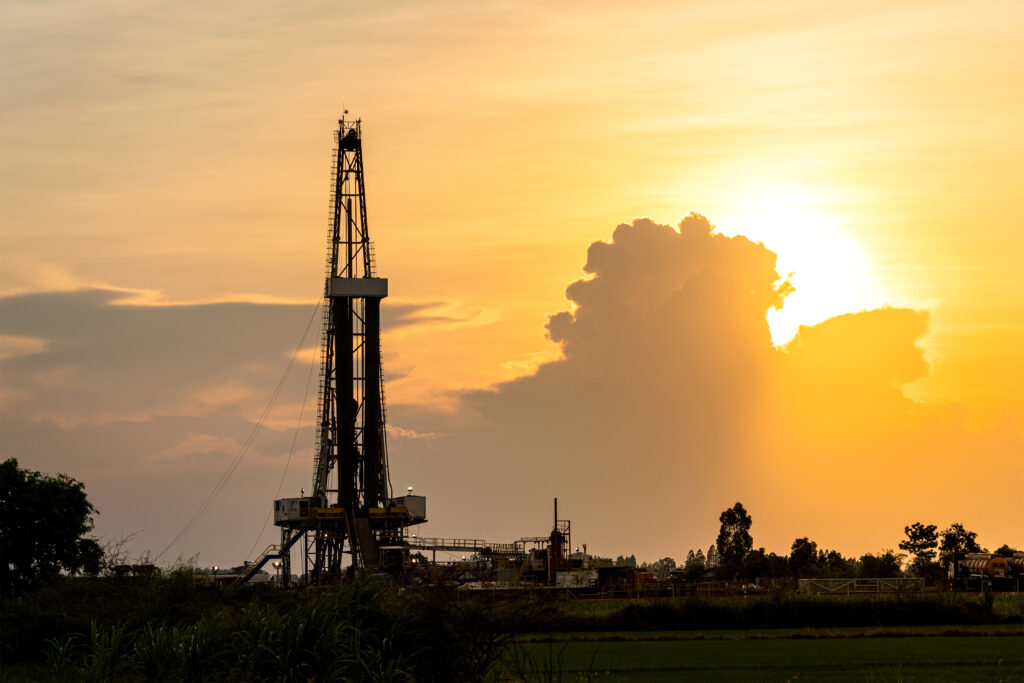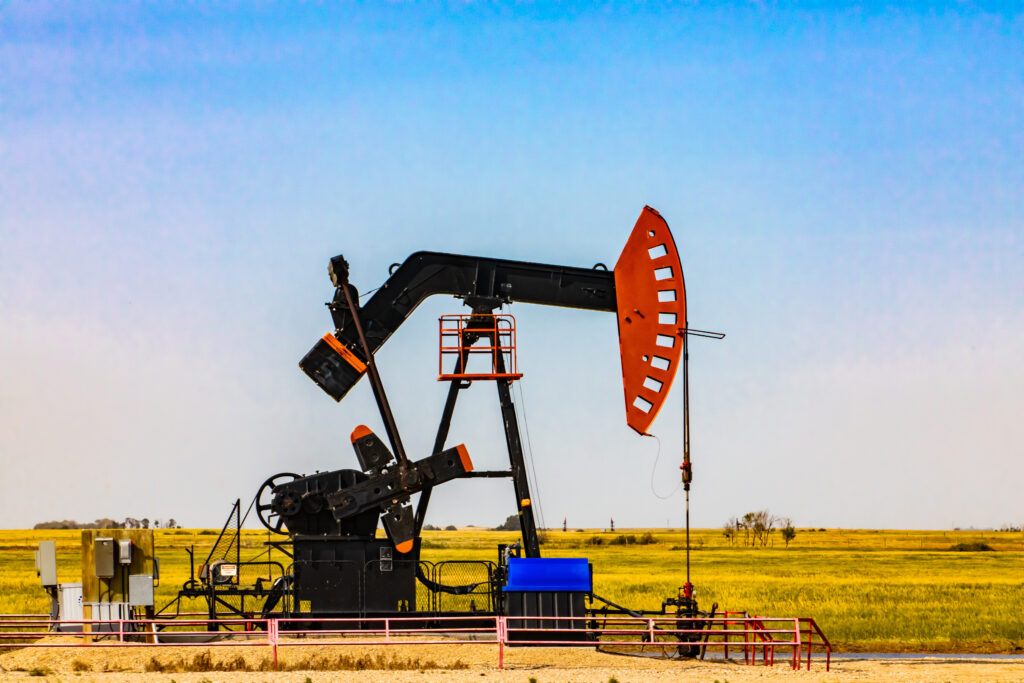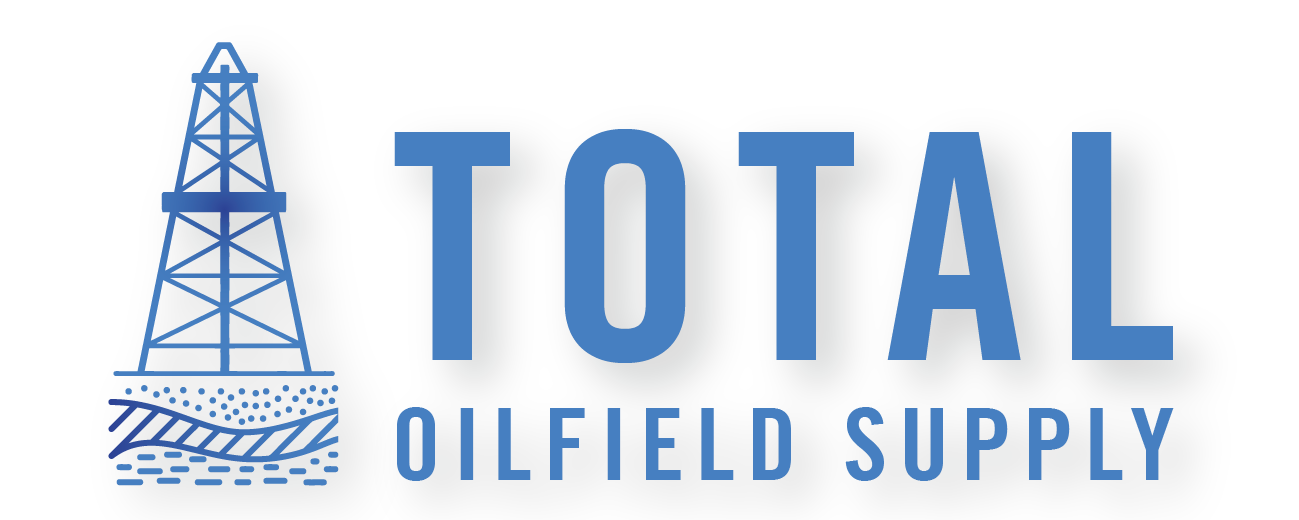The history of drilling dates back to the mid 18th century, and over time, we’ve seen massive developments in the equipment used to engage in different drilling processes. Today, with large deposits of hydrocarbon found under the seabed, the most popular and perhaps most lucrative method of drilling happens offshore.
However, prior to offshore operations, onshore drilling and hydraulic fracturing were established techniques that spearheaded drilling processes worldwide. These techniques birthed different onshore drilling rigs employed in exploring valuable resources, including water, precious rocks, and petroleum products.
As a result, this article highlights the history of onshore drilling rigs, as well as their unique features, types, advantages, and drawbacks. Prior to this, it’s worth emphasizing Total Oilfield Supply as one of the best providers of onshore oil rigs in and around the United States. At Total Supply, you can be sure to get the best-used drilling rigs for all onshore drilling operations.
History of Onshore Drilling Rigs
Onshore drilling rigs, often called land rigs, are equipment used for drilling a wellbore on land. These rigs are very similar to those used in water, including all components except living quarters. Some significant features of an onshore drilling rig include pumps, a derrick, drill string, a power generator, and other auxiliary equipment.
The first land rigs were fixed structures made of wood. Most were either tall poles or simple V-shaped designs that could reach 20 – 30 feet. Predictably, the need to reach greater depths necessitated better designs and stronger structures, resulting in the use of steel in onshore rig construction.
Today’s development and mechanization have made hydrocarbon exploration much more efficient through superior rig designs. Fashioning rigs from steel not only improved the strength but also created the opportunity to make mobile rigs. To achieve this, land rigs go through different modifications. For instance, the derrick is replaced with masts with fewer components to assemble. These modifications also give rise to offshore drilling rigs.
How Does Onshore Drilling Work

In the context of oil exploration, oil and gas industries go through careful field prospecting and exploration permission processes before drilling a wellbore. This is to identify areas with good resource deposits and access the environmental implications of drilling in the area. Once this is done, rig installation can begin.
For onshore drilling, the first process is called spudding. Spudding forms the foundation for the whole drilling process. For this process, oil well workers drill to an initial depth and case the hole with steel tubing. Cement then fills the space between the well walls and the steel tube.
Casing a wellbore creates a barrier that prevents cross-contamination between oil deposits and rock formations. The cement locks the casing in place, making it sturdy.
Before reaching hydrocarbon deposits, a drilling rig must drill through aquifers – rocks that hold groundwater. Having done that, the wellbore through the aquifer is also cased and cemented to ensure its integrity. At this point, the hole size would be smaller than at the surface.
The drilling rig continues reaching specific depths, with each depth cased and cemented. This process continues until the drill reaches the oil deposit. During the drilling process, there is always a risk of a blowout – an uncontrolled release of oil or natural gas. A blowout preventer is fitted to the rig to prevent this and ensure safety.
Types of Onshore Drilling Rigs
The onshore drilling process is a straightforward one. Onshore drilling can be done in two ways, and as such, there are only two types of rigs to suit both onshore drilling methods.

Fit-for-purpose Rigs
These represent conventional land rigs and are fixed to a particular area. To limit the potential environmental effects an oilwell might have on society; most wells are located far from infrastructural development. As a result, to reach these areas, rigs are either fixed in an area or fitted with wheels.
These rigs are also designed with unique features to suit specific terrains and ensure a successful drilling process. For instance, rigs used in cold areas such as the Arctic are fashioned with heating systems in different components.
Newer technologies have improved how efficiently rigs can dig onshore. In truth, a drilling rig’s speed and efficiency depend on its design. However, the design complexity also offers some drawbacks, such as mobility.
Walking Rigs
A better understanding of complex rock formations has seen newer and more sophisticated rig designs. Today, a well site can have different wellbores, especially with shale operations. Considering this operation, rigs are now designed to skid short distances to the subsequent wellbore.
To achieve this, a rig is designed with additional reinforcement, which significantly increases complexity. This includes festoons and flowline components that allow the rig to walk about 100 feet.
Significant improvements continue to be made in onshore drilling rigs. Some top developments include telescopic and box-on-box substructures as well as cantilever masts. This help in improving the efficiency, mobility, and drill time of an onshore rig.
Get Quality Onshore Drilling Rigs At Total Oilfield Supply
Total Oilfield Supply is your go-to source for all equipment related to oil exploration. Our expertise and affordable pricing ensure you get top-quality, cost-effective equipment.
We offer a selection of onshore drilling rigs, all in optimum condition and ready to engage in all your onshore drilling operations efficiently. Contact us today and explore our updated inventory list of the best-used onshore drilling rigs.
